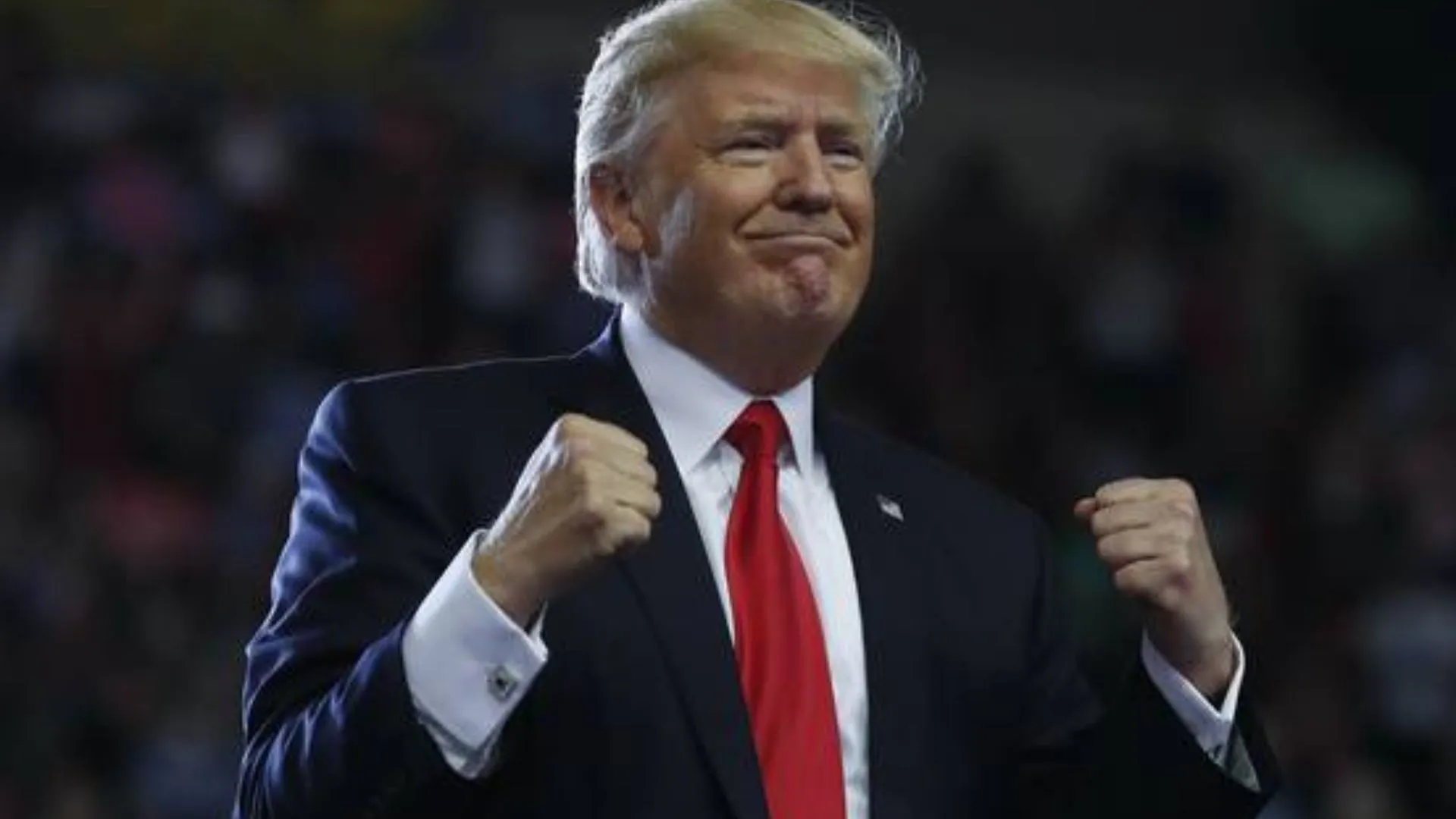Today marks the 16th anniversary of one of the horrifying terrorist attacks in India. On 26th November, 2008 Mumbai witnessed a dark day as on that day, ten heavily armed militants from Pakistan based Lashkar-e-Taiba (LeT) evoked terror across Mumbai. This led to the death of 166 people that included 18 security personnel
The coordinated assault, carried out over four harrowing days, resulted in the deaths of 166 people, including 18 security personnel, and injured more than 300. Among the dead were citizens from multiple countries, marking it as a global tragedy.
The Attack Unfolds
The attackers infiltrated Mumbai’s shores via inflatable dinghies after hijacking an Indian fishing trawler off the Arabian Sea. Armed with automatic rifles, grenades, and explosives, they divided into small teams to wreak havoc across several iconic locations, including:
- Chhatrapati Shivaji Terminus (CST): A bustling railway station where indiscriminate firing killed dozens.
- Taj Mahal Palace Hotel: A symbol of India’s heritage, where terrorists held hostages and engaged in prolonged battles with security forces.
- Oberoi Trident Hotel: Another luxury hotel targeted, leading to casualties among guests and staff.
- Nariman House: A Jewish community center where several hostages, including a rabbi and his family, were killed.
Other locations, such as Leopold Café, hospitals, and public spaces, were also targeted in the rampage.
Heroic Response
The Indian security forces, including the National Security Guard (NSG), Marine Commandos (MARCOS), and Mumbai Police, worked tirelessly to rescue hostages and neutralize the attackers. The operations at the Taj Mahal Palace Hotel and Nariman House became the focal points of the prolonged battle, with commandos fighting through heavily fortified positions and booby-trapped locations.
Of the ten attackers, nine were killed during the counter-terror operations, while one, Ajmal Kasab, was captured alive. Kasab’s arrest provided critical insights into the planning and execution of the attack.
Aftermath and Consequences
The 26/11 attacks exposed significant lapses in India’s intelligence and coastal security. In response, the Indian government implemented sweeping changes, including:
- Establishing the National Investigation Agency (NIA) for counterterrorism operations.
- Strengthening the Unlawful Activities (Prevention) Act (UAPA).
- Modernizing coastal and maritime security to prevent similar infiltrations.
Ajmal Kasab was tried, convicted, and executed in 2012, symbolizing India’s resolve against terrorism. Investigations also revealed the involvement of individuals like David Headley, a Pakistani-American operative who conducted reconnaissance for LeT.
A Day Never Forgotten
Each year, November 26 is observed to honor the memory of the victims and the bravery of the security forces who laid down their lives. The attacks not only changed Mumbai but also reshaped India’s approach to national security.
As the nation remembers this tragedy, it serves as a stark reminder of the need for vigilance and unity in combating terrorism, ensuring such an event is never repeated.
Also Read: BJP Government Is Directly Responsible’: Rahul Gandhi On Sambhal Violence


















